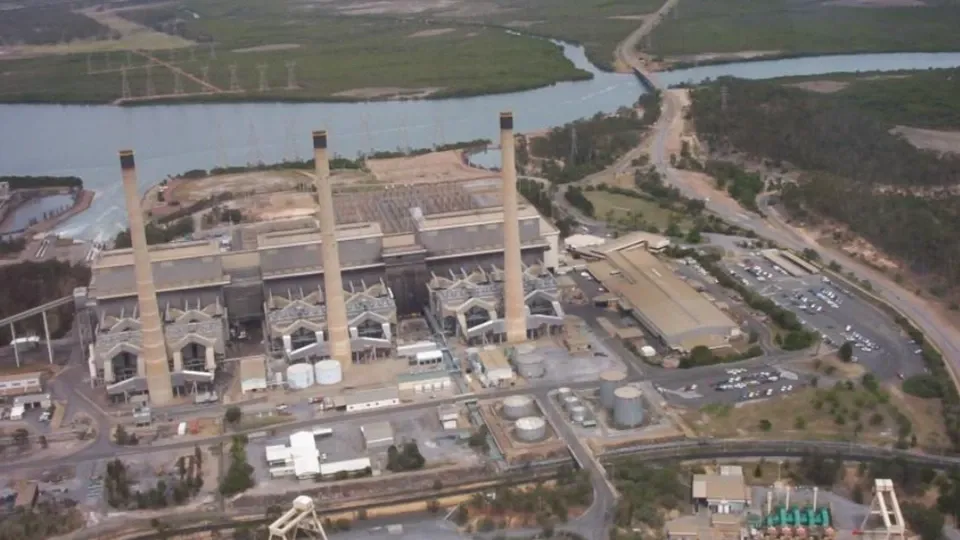Gladstone Power Station’s Possible 2029 Exit

The potential retirement of Queensland’s Gladstone Power Station (GPS) in March 2029 marks more than the winding down of a 49-year-old coal facility, it signals a shift in how Australia will power its heavy industry and energy-intensive exports.
Rio Tinto has notified the Australian Energy Market Operator that GPS may close when its current contracts expire. While no final decision has been made, the move complies with National Electricity Rules requiring 3.5 years’ notice and has triggered industry-wide debate about the stability and cost of future power supply
An Anchor of Industrial Queensland
Since 1976, GPS has been a cornerstone of the Gladstone industrial corridor — powering the Boyne Smelters, alumina refineries, LNG facilities and the broader manufacturing belt. Its retirement would remove one of the state’s largest baseload generators and the synchronous stability it provides to the grid.
Energy analysts told The Guardian that without equivalent replacements, “Gladstone’s industrial hub faces serious reliability risk.” CS Energy and Rio Tinto insist all current contracts will continue through 2029, but post-2029 arrangements remain uncertain.
Implications for Oil & Gas
While coal takes the headlines, the oil and gas sector is directly exposed. Many LNG plants, refineries and petrochemical operations depend on stable grid electricity and predictable tariffs. The closure of GPS could:
- Increase energy costs for industrial users as the grid leans more heavily on renewables and gas peaking plants.
- Disrupt reliability, prompting producers to install private backup generation.
- Accelerate investment in gas-fired firming capacity, a short- to medium-term opportunity for gas suppliers.
The Courier Mail warns that early closure would “threaten grid stability in Queensland’s industrial heartland.” Maintaining reliability will likely require new synchronous condensers, gas generation, or battery-storage systems before 2029.
Direction Change for Queensland’s Energy Mix
The Queensland Government’s latest Energy and Jobs Plan already extends the life of several coal stations and doubles gas-generation capacity to bridge the renewable transition — a move that positions gas as a critical stabiliser rather than a competitor.
For the oil and gas industry, that means a chance to step up:
- Provide firming capacity through gas turbines or hybrid gas-battery systems.
- Partner with industry clusters to offer integrated energy solutions.
- Invest in low-carbon fuels such as hydrogen and ammonia that can repurpose existing infrastructure.
But it also exposes a risk: if renewables and storage scale faster than expected, gas assets could become the next stranded investments. Strategic flexibility is essential.
Gaps and Challenges
Several challenges stand out:
- Grid inertia — coal closures remove spinning mass vital for frequency control.
- Economic stress — rising power costs could weaken downstream heavy industry.
- Workforce transition — local jobs at GPS and supplier businesses need redeployment strategies.
- Policy uncertainty — fluctuating energy roadmaps complicate long-term capital planning.
Without clear planning, the gap left by GPS could ripple through Queensland’s export economy and industrial supply chains.
A Moment to Lead
The message for oil and gas operators is clear: adapt early or play catch-up later. The retirement of Gladstone Power Station — whether in 2029 or later — will reshape Australia’s east-coast energy landscape.
The opportunity lies in leadership: stabilising the grid, enabling cleaner fuels, and ensuring the lights stay on for the industries that power Australia’s economy.
Because while coal may be exiting, energy demand is not — and the companies that bridge that gap will define the next generation of Australian energy.
Sources: Rio Tinto (Oct 2025); AEMO notices; The Guardian; The Australian; Courier Mail; Smart Energy Council; WorkSafe QLD Energy Data.
Leave a Reply